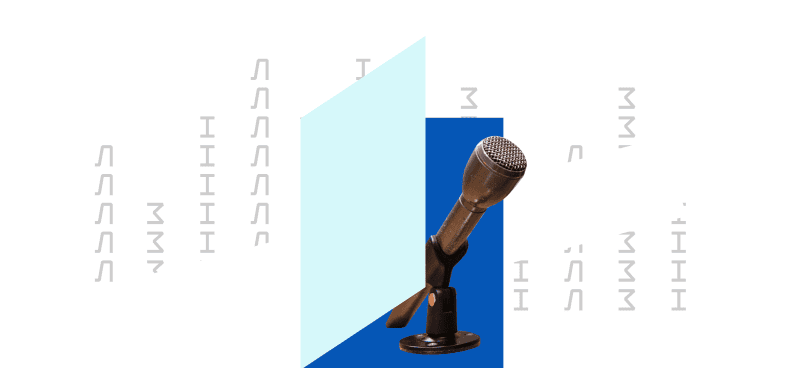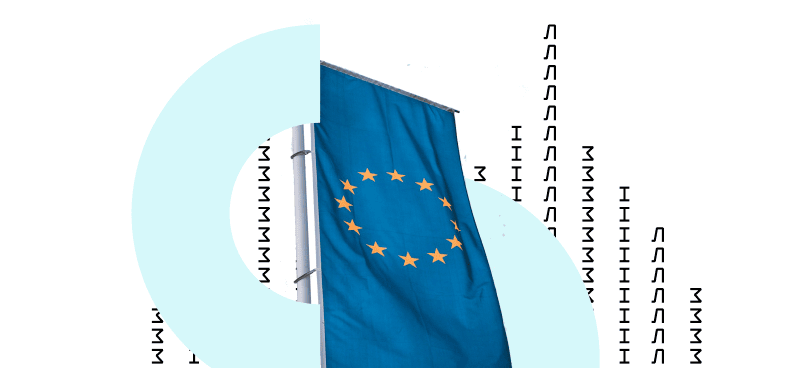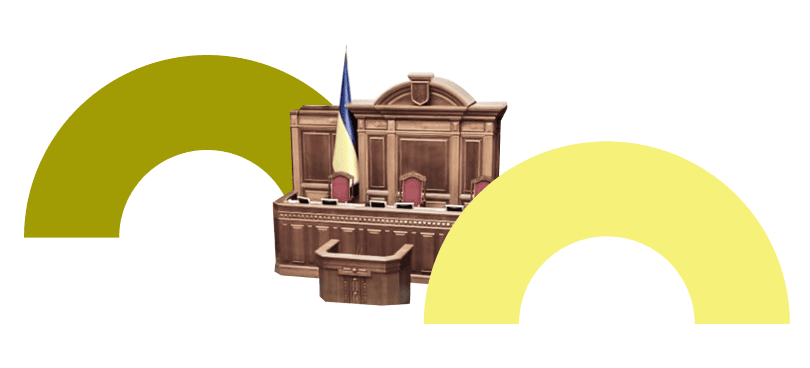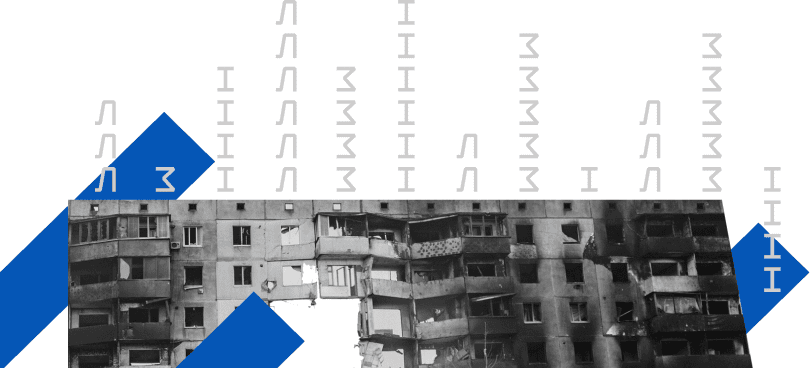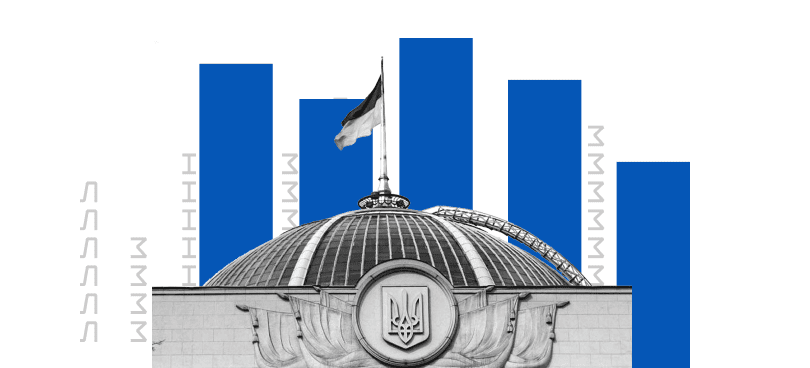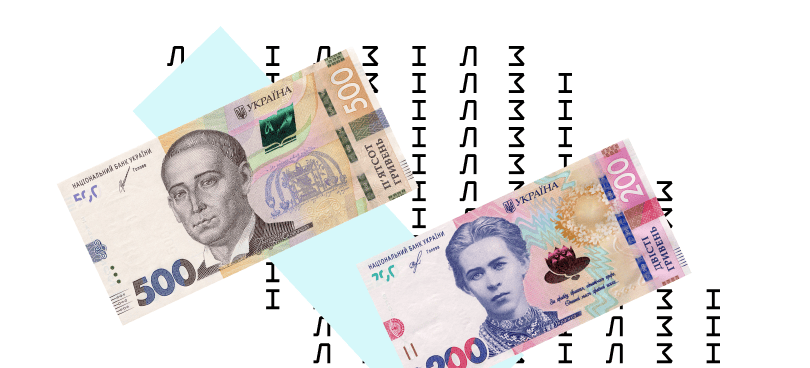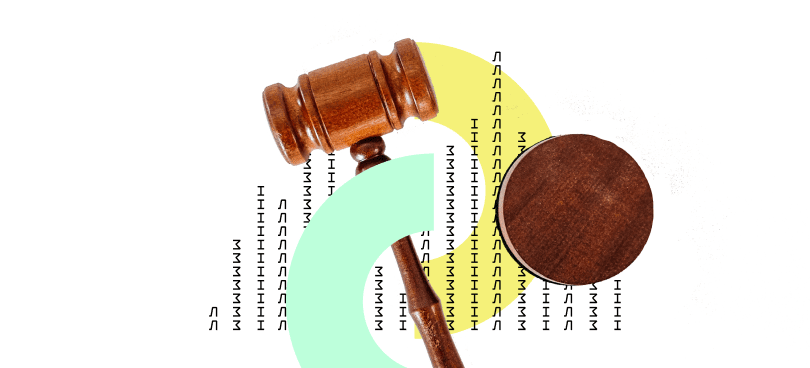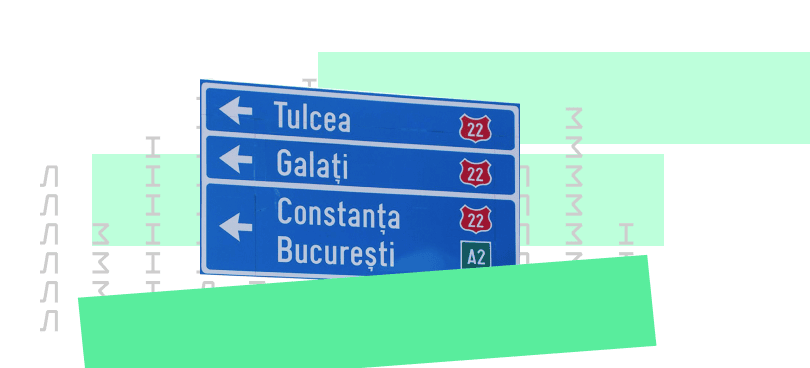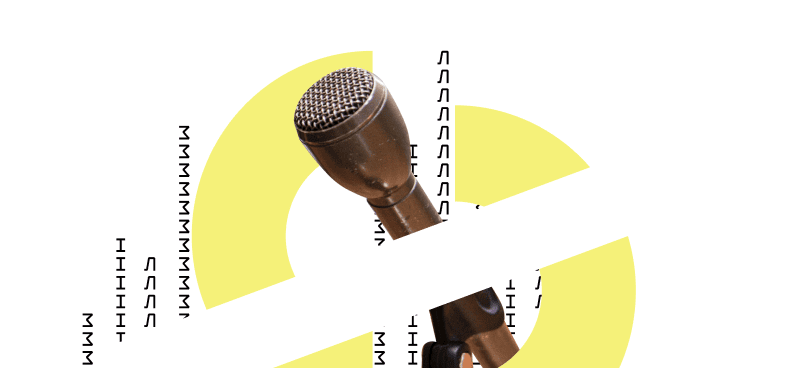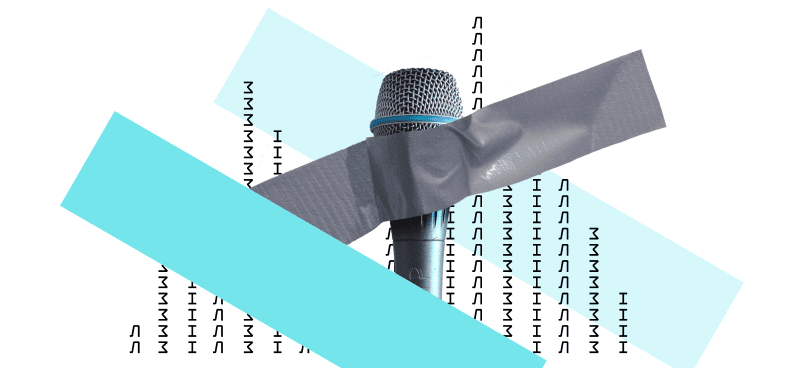Currently, most of the committees are controlled by a single-party majority in the form of the Servant of the People faction. Committees on national security and defence, budget, information and humanitarian policy issues – all these and other committees are chaired by government coalition representatives. At the same time, the opposition members cannot boast of anything like this – only a few committees are in their hands. But what was the distribution like before? What committees were controlled by the coalition even then?
Our data covers the last 17 years, starting with the fifth convocation. This period was chosen given the constitutional changes of 2004 when the concept of coalition was added to the Constitution. So, we can find out exactly which committees were usually controlled by the coalition and which by the opposition We consider the opposition to be those MPs who are not part of the government coalition. .
What is the distribution at the moment
An interesting situation has developed in the current convocation of the Verkhovna Rada: for instance, at first the ruling single-party majority took control of 19 out of 23 committees. As a result of subsequent personnel changes (in particular, the appointment of Dmytro Lubinets as the Verkhovna Rada of Ukraine Commissioner for Human Rights), the Servant of the People currently controls 20 committees (87 percent). Compared to the number of MPs who are part of the single-party majority – slightly more than half – this distribution is disproportionate: according to our calculations, even at the beginning of the convocation, the coalition held too many committees in its hands, and over time, this trend only intensified.
But such a bias did not always exist in Ukrainian politics. To understand which committees have historically played the greatest role for the Ukrainian government, we analysed the distribution of positions of committee chairs in previous convocations of the Verkhovna Rada.
In total, we were able to identify 4 “coalition-held” committees If the threshold of 4 convocations of control is used, then there will be almost twice as many “coalition-held” committees, namely 9. , which were controlled by the coalition in all 5 convocations, as well as 6 committees which were not controlled by the representatives of the coalition for the greater number of convocations (3 out of 5 convocations). We will consider such committees as “opposition-held”.
If during the 5th to 7th convocations, the opposition and the coalition controlled approximately the same number of committees, then already in the 8th convocation, elected in 2014, the coalition controlled all committees except for one – on the Rules of Procedure and Organisation of the Work of the Verkhovna Rada of Ukraine. But even there, the reason is prosaic: they simply failed to elect the chair of that committee for all five years. The situation of the current convocation is quite similar: at the beginning of the convocation, only four committees were not controlled by the Servant of the People faction.
A more balanced distribution of committees in the past may also have resulted from less consolidation of power. In the 5th and 6th convocations, for example, Viktor Yushchenko was the president, while the pro-presidential faction was in the opposition. So, using his position as a lever of influence, the opposition forces could achieve more favourable positions for themselves – which meant better representation among the committee chairs.
The most “coalition-held” committees: (modern committee names are used)
| Committees | Convocations in which they were controlled by the coalition: |
| Budget Committee | 9th, 8th, 7th, 6th, 5th |
| Committee on the Rules of Procedure, MP Ethics and Organisation of the Work of the Verkhovna Rada | 9th, 8th, 7th, 6th, 5th |
| Committee on Social Policy and Protection of Veterans’ Rights In the 9th convocation, the Committee on Social Policy was merged with the Committee on Veterans, so when dealing with the previous convocations, we consider the Committee on Social Policy for our calculations. | 9th, 8th, 7th, 6th, 5th |
| Committee on National Health, Health Care and Health Insurance | 9th, 8th, 7th, 6th, 5th |
There may be several reasons for this distribution of coalition-held committees.
First, the committees that the coalition usually received have an executive role – the Budget Committee is necessary for the Government to successfully perform its main functions. Also, the Committee on the Rules of Procedure allows the parliamentary majority to control the main processes of the Rada’s work. Thanks to the coalition control over these committees, the system is less prone to conflicts regarding the most basic areas of work, which, in particular, affects the speed of making important decisions.
Secondly, a large portion of resources is redistributed in these fields. Thus, according to the budget for 2021 (that is before the greater part of the expenditures was transferred to the Ministry of Defence), expenditures on social protection and health care alone accounted for a third of the total. Therefore, these committees are of particular interest to the coalition: they literally provide more opportunities for amendments.
At the same time, since these committees affect everyone’s life, the coalition and the Cabinet get the opportunity to implement their ideas as efficiently as possible. As we have already emphasised, politicians in democracies work primarily for their re-election, so they need results. In turn, the success of reforms that will improve the lives of as broad section of the population as possible is a very good example of high-quality work. In this case, control over the committees that allow redistribution of such extensive resources becomes even more important. After all, it is the committees that decide the fate of draft laws – which will go to the vote, and which will forever remain marked “being deliberated on in the committee” on the website of the Verkhovna Rada.
The most “opposition-held” committees: (modern committee names are used)
| Committees | Convocations in which they were controlled by the opposition: |
| Committee on Ukraine’s Integration into the European Union | 9th, 7th, 6th, 5th |
| Committee on Youth and Sports | 9th, 7th, 6th, 5th |
| Committee on Law Enforcement Policy | 7th, 6th, 5th |
| Committee on Humanitarian and Information Policy In past convocations, this committee was called the Committee on Culture and Spirituality. At the beginning of the 9th convocation, it was tasked with many responsibilities previously held by the Committee on Freedom of Speech. | 7th, 6th, 5th |
| Committee on National Security, Defence and Intelligence | 7th, 6th, 5th |
| Committee on Freedom of Speech | 9th, 7th, 5th |
The Committee on National Security and Defence can boast of probably the most interesting history. Until 2014, it belonged exclusively to the forces of the opposition, but with the beginning of the Russian-Ukrainian war in 2014, the Committee became much more important – so for the second convocation in a row, it is controlled by coalition political forces.
But in addition to importance, another factor plays a role: committees historically controlled by the opposition have less influence. Such committees have much less ability to redistribute resources – so they act more as a bargaining chip in the distribution of committee positions. Also, as we wrote earlier, among other things, committees monitor the compliance with legislation by other authorities. Therefore, it is logical to transfer the committees with a more prominent government control function to the opposition. In particular, the Committee on Freedom of Speech has a special role (or at least had one before having been weakened). It is they that monitor the (absence of) restrictions on journalists’ work and possible censorship by the authorities – such excesses have a negative impact on Ukrainian democracy.
The state of affairs in which most (if not all) committees go to the coalition developed in 2014, after the Revolution of Dignity. The formation of a coalition consisting of 5 out of 6 factions allowed the coalition to appoint its representatives as chairs of all committees, strengthening its influence on the entire process of the Rada’s work. In the 9th convocation, with the existence of a single-party majority, the situation was repeated, and most committees again went to the coalition, with minimal representation of the opposition among their chairs.
What is wrong with the coalition seeking to control all the most important committees?
The situation where one political force can control almost all processes of Parliament’s work due to a minimal advantage in the number of seats has two significant drawbacks. First, the opposition has limited opportunities to exercise control functions, which creates risks of monopolisation of power and inefficient exercise of executive power. Secondly, one of the main functions of the parliament – representation of public interests – is being distorted because parliamentary minority factions and groups have fewer opportunities to influence public administration. At the same time, the situation where representatives of the parliamentary majority want to take for themselves as many committees as possible is partly due to the design of the Ukrainian parliamentary system, in which committees combine both law-making and control functions. By contrast, in some nations adhering to the Westminster system, there are separate specialised committees to control the executive and separate committees to create legislation, so this problem does not arise.
Meanwhile, in Ukraine, the control of committees by the opposition can prevent the coalition from pushing through the draft laws it needs. That is why there is a desire for maximum control of committees by representatives of the parliamentary majority. Our analysis has demonstrated this. The most important committees for the exercise of executive power were taken by representatives of the parliamentary majority. Nevertheless, this situation, just as any other distribution of leadership positions in committees, is the result of political agreements between factions and groups that belong to both the opposition and the coalition. Therefore, apparently, the key factor that determines the allocation of committees is the intra-parliamentary inter-factional dialogue.
Finding answers through detailed analysis: what data helped us.
In order to answer these questions, we looked at the committees of past convocations and determined which political forces had their representatives appointed to leading positions on them. It is the position of the chair of the committee that is the most important indicator – historically, committee chairs have had the greatest influence on the evaluation of draft laws and the formation of the agenda. We agree that the statutory powers of committee chairs are mostly organisational. But during the existence of the Verkhovna Rada, this position has acquired an informal influence, which makes the opinion of the chair of the committee the most important. Also, we are most interested in the early stages of convocations because this is the best indicator of the logic of redistribution of such an important resource.
At the beginning of each convocation, the list of committees is formed anew. However, by analysing the responsibilities of committees through the decades, we can see how the committees of the past correspond to the committees of today. Thus, we have identified 19 committees that remained relatively stable over the years.

